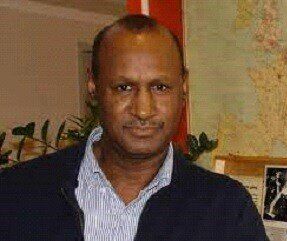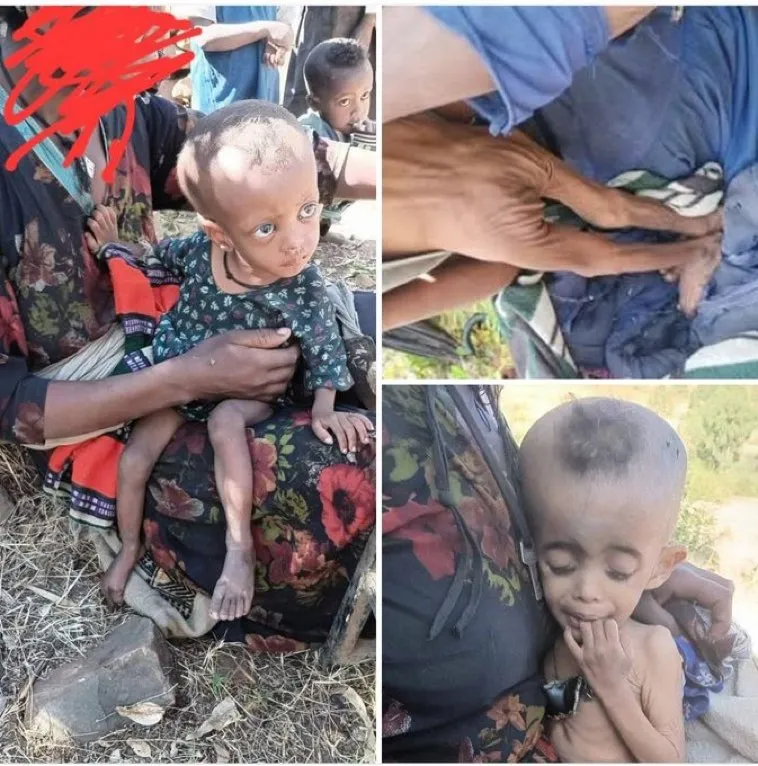January 22, 2023

On 20 January 2023, Prime Minister Abiy Ahmed made changes to his cabinet and other appointments. The PM announced the nomination of new ministers, including the Ministry of Transport and Logistics, Ministry of Mines and Petroleum and Ministry of Agriculture. The PM has also appointed new central bank governor.
New appointments are common in political life, and as usual people are discussing the reasons behind the new appointments. Is the major reason of appointment a result of the desire to change economic policy? Is it related to a search for “able, creative, and experienced people” who can manage the bureaucracy. Is it related to a search for loyalty? Whatever the reasons, quality matters for government performance.
My interest is to know how the current economic sector appointment affects government policy and performance. What will be the impact of these appointments on the overall performance of the country’s economy? Do the new appoints bring about fresh perspective and thinking on economic policy?
Ethiopia is currently experiencing a development trap, a combination of mutually reinforcing factors that limit further progress and hinders economic prosperity. There are five main interlinked development traps: poverty trap, slow economic growth trap, transformation trap (both sectoral and spatial transformation), youth bulge trap, and institutional trap.
Poverty and Economic Growth Trap
The poverty trap manifests itself in terms of food insecurity, unemployment, low income, lack of access to social services (education and health services), and scarcity of productive resources. In many studies the poverty trap is understood as “a self-reinforcing mechanism which causes poverty to persist” and whereby “poverty begets poverty, so that current poverty is itself a direct cause of poverty in the future”
Economic growth in Ethiopia is losing its momentum. Over the past 15 years, the economy has been growing at an average of 9.5% per year. Since 2021, the economy is growing by 6,3% and the population growth rate is 2,7%, implying that the net economic growth is 3,6%. Various constraints are mentioned for low economic growth trap: prevalence of conflict, COVID, shortage of foreign exchange, lack of private sector investment, low productivity, transportation and logistics, power, human capital, land use, etc.
The economy is also trapped in subsistence agriculture and rural economy. Two-thirds of Ethiopia’s workers are farmers, and agriculture accounts for about one-third of the country’s GDP. The country’s industrial sector has a relatively small share of current GDP (25 percent) and employment (7 percent), and has got various challenges to grow. Today, most of the industrial sector consists of non-tradable construction activity—roads, power plants, buildings—often financed with external funds. Manufacturing, traditionally associated with successful structural transformation, currently accounts for just one-third of Ethiopia’s industrial activity. Higher productivity levels demand more diversified economic structures with more sophisticated goods and services.
Youth bulge and Life Transition Trap
Ethiopia is also trapped in youth bulge problems. Youth bulge is a demographic period in which the proportion of youth in the population increases significantly compared to other age groups, both older and younger. More than 48% of the total adult population is in the age group 15-29. Youth bulge is not simply a matter of age. It refers to events of a life transition (such as ending schooling, starting work, leaving home, first cohabitation, first marriage, and first birth) and the associated attributes of status and responsibilities related to each of the markers of the life transition. These markers of life should occur in a sequence manner and in a short interval time period between them. Due to lack of opportunity structures, the youth in Ethiopia is experiencing only one or two of the events for long duration, without transition to another event and this has created deep frustration and grievances leading to different forms of political violence.
Institutional trap
Better institutions are needed to restore trust, improve the quality of public services and respond to the higher aspirations of the population. Weak formal institutions do not provide the youth with quality public services such as education and health. Corruption risks in the formal regulatory institutions, dishonesty in dealing with public contracts, lack of transparency and trustworthiness, and the political dependence of the judicial system have created difficulties in building businesses in the country. Institutions have not been able to respond effectively to increasing youth bulge and private sector demands, new expectations and aspirations.
Images of Trap Hole
The development traps mentioned above involve circular, self-reinforcing dynamics that limit the capacity of creating economic prosperity in the country. While many of these traps are not new, they are increasingly becoming cumulative and complex as the population of the country continues to grow. The government needs a well-coordinated strategies and collective actions to overcome these interlinked development traps.
New ministerial appointments may partially improve the institutional trap but cannot solve these mutually reinforcing development traps. It is the formation long-term vision strategies that turns these vicious circles into virtuous circles and will set the country on a path of economic prosperity and higher well-being for all.
The government need vision strategy roadmap which provides more sophisticated policy mixes and further policy co-ordination and coherence. The ten-year perspective plan, which has a vison to make Ethiopia middle income country by 2030, is not a strategy document. It basically reflects the goal and objectives of the government sectors participated in the planning process. It contains hodgepodge of sector policies and enablers. It does contain strategies to effectively address the complex interactions of the development traps discussed above.
Prime Minister Abiy Ahmed, given his background in the service of the Ethiopian National Defense Force, knows very well the meaning and significance of a strategy. I wish he applies his knowledge of military strategy thinking in the context of the development traps facing the country.
The country’s economy is trapped in a hole. Ethiopia is in a development trap since the country starts to experience rapid population growth. Development is caught between a rock (over population) and a hard place (new additional population every year). The development trap manifested itself in the forms of poverty trap, slow economic growth trap, transformation trap (both sectoral and spatial transformation), youth bulge trap, and institutional trap. Overcoming these traps and turning these vicious circles into virtuous circles will set the country on a path of economic prosperity. How? Fallow the four Laws of Holes, an adage applicable to almost every situation
Law 1: If you find yourself in a hole, Stop Digging. The government must stop using ad hoc, fragmented, and patched up policy interventions in its attempt to disentangle the trap. It is getting deeper. Why?
See Ethiopia’s Economic Prosperity Vision-Strategy: Challenges of Old and New Recommendations
Reflection on the Ten Year National Economic Plan
Law 2: Know where to go next.
The government must formulate long-term economic transformation strategies, instead of digging further. How?
See Creation of economic prosperity roadmap for Ethiopia
Law 3: Taking action.
Formulate long-term development plan to keep track of government activities and progress through monitoring, measurement and evaluation.
Law 4: Be self-sufficient in order not to be trapped in the same hole again.
See China’s Pathways to Economic Self-Reliance: Lessons for Ethiopia
I can be reached at Tsegaye.tegenu@epmc.se or tsegayetegenu5@gmail.com


















China what? Did I hear or read right? China? I want to believe that this well read countryman did not mention that. I have a better and a word close by for him. How about Ujamaa? Ujamaa! Ujamaa!! Ujamaa!!! Problem solved! See, it is/was that easy! Why going through the troubles of traveling all the way to China!!!